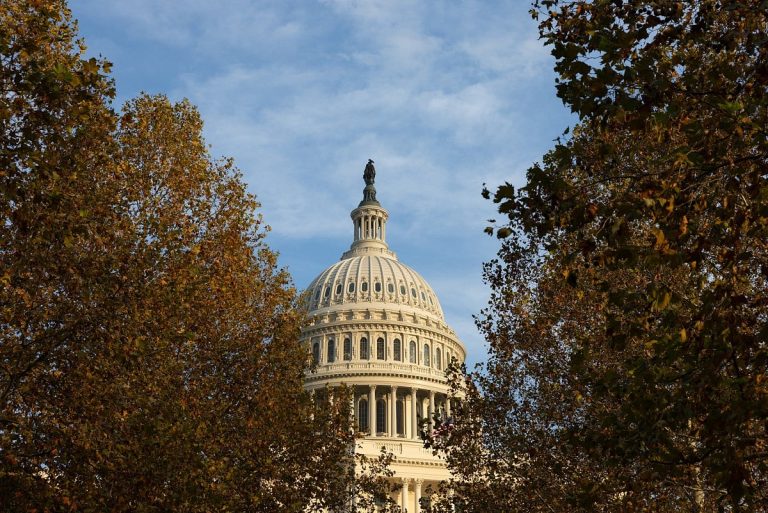Louvre Heist: Suspects Arrested, Facing Serious Charges
Authorities have taken significant steps in response to a high-profile jewel theft at the Louvre Museum in Paris. Two suspects have been arrested and are set to face serious charges, including theft and conspiracy, following their alleged involvement in the brazen heist that occurred earlier this month.
Details of the Heist
On October 19, a group of thieves executed a meticulously planned operation at the Louvre, using a cherry-picker truck and cutting tools to access a first-floor gallery. They made off with jewelry valued at over $102 million, including historical pieces belonging to French royalty. The Paris prosecutor, Laure Beccuau, confirmed that the stolen items have not yet been recovered.
The suspects, aged 34 and 39, were apprehended in the Paris region. The younger suspect, of Algerian descent, was identified through DNA evidence found on a scooter used during the escape. The older suspect, an unlicensed taxi driver from Aubervilliers, was arrested shortly after the heist. One was caught attempting to flee to Algeria, while the other was taken into custody near his residence.
Charges and Legal Proceedings
Both men will be charged with organized theft, which carries a potential 15-year prison sentence, and criminal conspiracy, punishable by up to 10 years. Beccuau indicated that the suspects have partially confessed to their involvement, although the investigation continues to explore the possibility of additional accomplices or individuals who may have facilitated the crime.
Detectives are analyzing over 150 DNA samples and fingerprints, and they have utilized public and private security camera footage to track the movements of the thieves. The investigation has confirmed the involvement of four perpetrators, but authorities have not dismissed the idea of a larger network supporting the heist.
Recovery Efforts
Among the stolen items was a diamond- and emerald-studded crown that once belonged to Empress Eugenie, which the thieves dropped during their escape. This crown has been recovered, but restoring it poses challenges, according to the Louvre’s director. Other stolen pieces include an emerald-and-diamond necklace gifted by Napoleon I to his wife, Empress Marie-Louise, and a diadem adorned with nearly 2,000 diamonds.
The theft has raised concerns about the security measures in place at cultural institutions across France. Following the incident, another museum reported a theft of gold and silver coins, highlighting ongoing vulnerabilities in museum security.
Public Reaction and Security Measures
The audacity of the Louvre heist has captured international attention, sparking discussions about the safety of cultural heritage sites. The Louvre’s director, Laurence des Cars, acknowledged that the security cameras did not adequately cover the entry point used by the thieves. However, she defended a multi-million-dollar plan aimed at enhancing security measures at the museum.
The incident has also influenced popular culture, inspiring Halloween costume trends featuring balaclavas, tiaras, and high-visibility vests, reminiscent of the thieves’ attire during the heist.
FAQs
What items were stolen during the Louvre heist?
The thieves stole several valuable pieces of jewelry, including a diamond- and emerald-studded crown, an emerald-and-diamond necklace, and a diadem belonging to Empress Eugenie, among others.
How did the suspects get caught?
The suspects were apprehended through a combination of DNA evidence found on a scooter and security camera footage that tracked their movements before and after the heist.
What are the potential penalties for the suspects?
The suspects face serious charges, including organized theft, which could result in a 15-year prison sentence, and criminal conspiracy, which carries a potential 10-year sentence.
Conclusion
The investigation into the Louvre heist continues as authorities work to recover the stolen jewelry and determine the full extent of the criminal network involved. With the suspects facing serious charges, the case underscores the need for enhanced security measures at cultural institutions to prevent future incidents. As the legal proceedings unfold, the public remains vigilant about the safety of their cultural heritage.
The Louvre Museum, one of the world’s most visited cultural institutions, has long been a target for art and jewelry thieves due to its extensive collection of priceless artifacts. The recent heist has prompted a broader discussion about the vulnerabilities of museums, particularly in urban areas where access can be easier for criminals. Experts in art crime have noted that while many museums have implemented advanced security systems, the sheer volume of visitors and the complexity of their layouts can create blind spots that thieves may exploit.
In response to the theft, the French Ministry of Culture has announced plans to review and potentially overhaul security protocols at museums nationwide. This includes increasing the presence of security personnel, enhancing surveillance technology, and conducting regular audits of security measures. The incident has also reignited debates about the balance between public access to cultural heritage and the need for stringent security to protect these invaluable assets from theft and vandalism. As investigations continue, the art community remains on alert, emphasizing the importance of safeguarding cultural treasures for future generations.
Also Read:
Recovery Efforts for Boeing 747 Incident at Hong Kong Airpor







